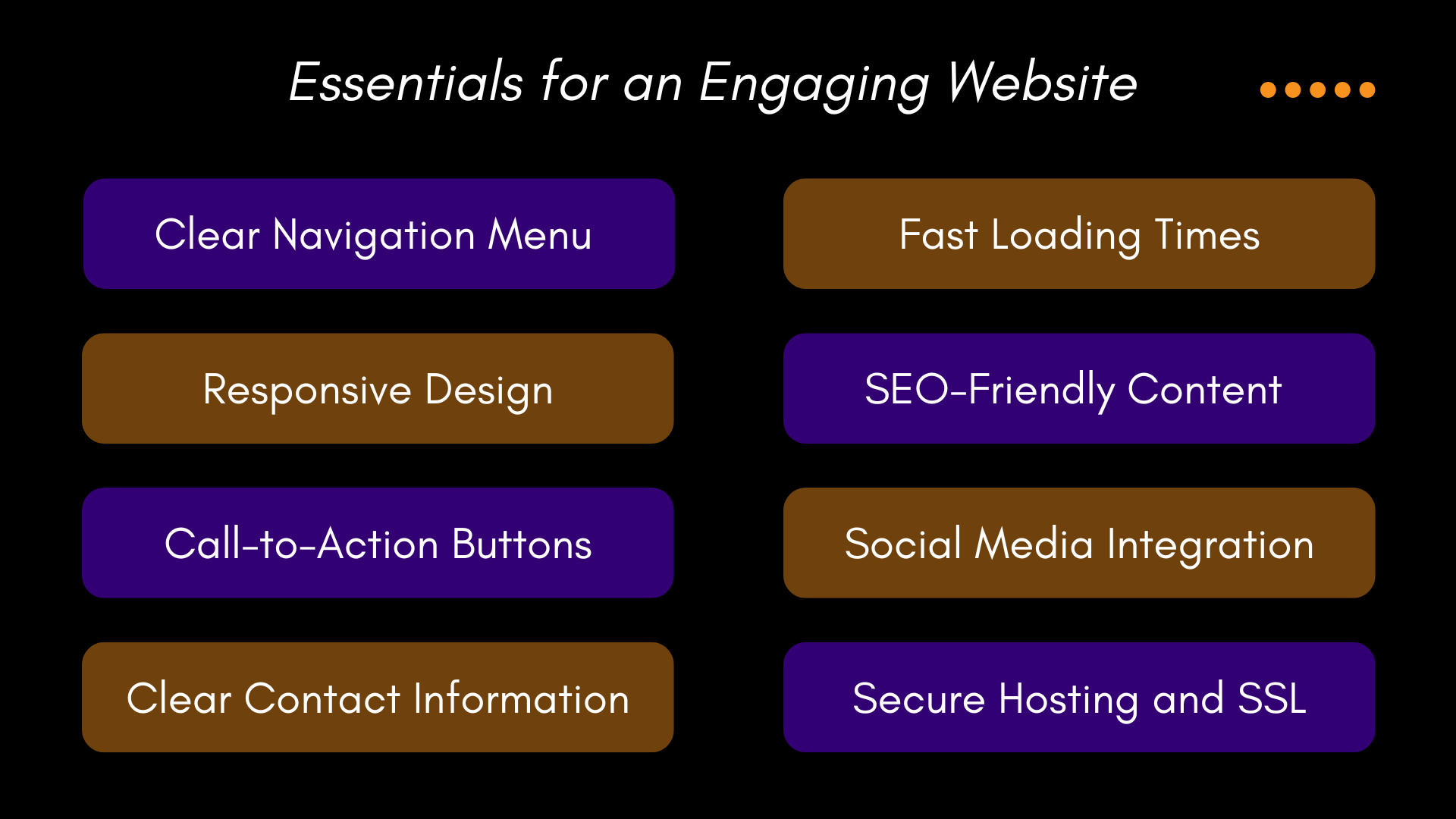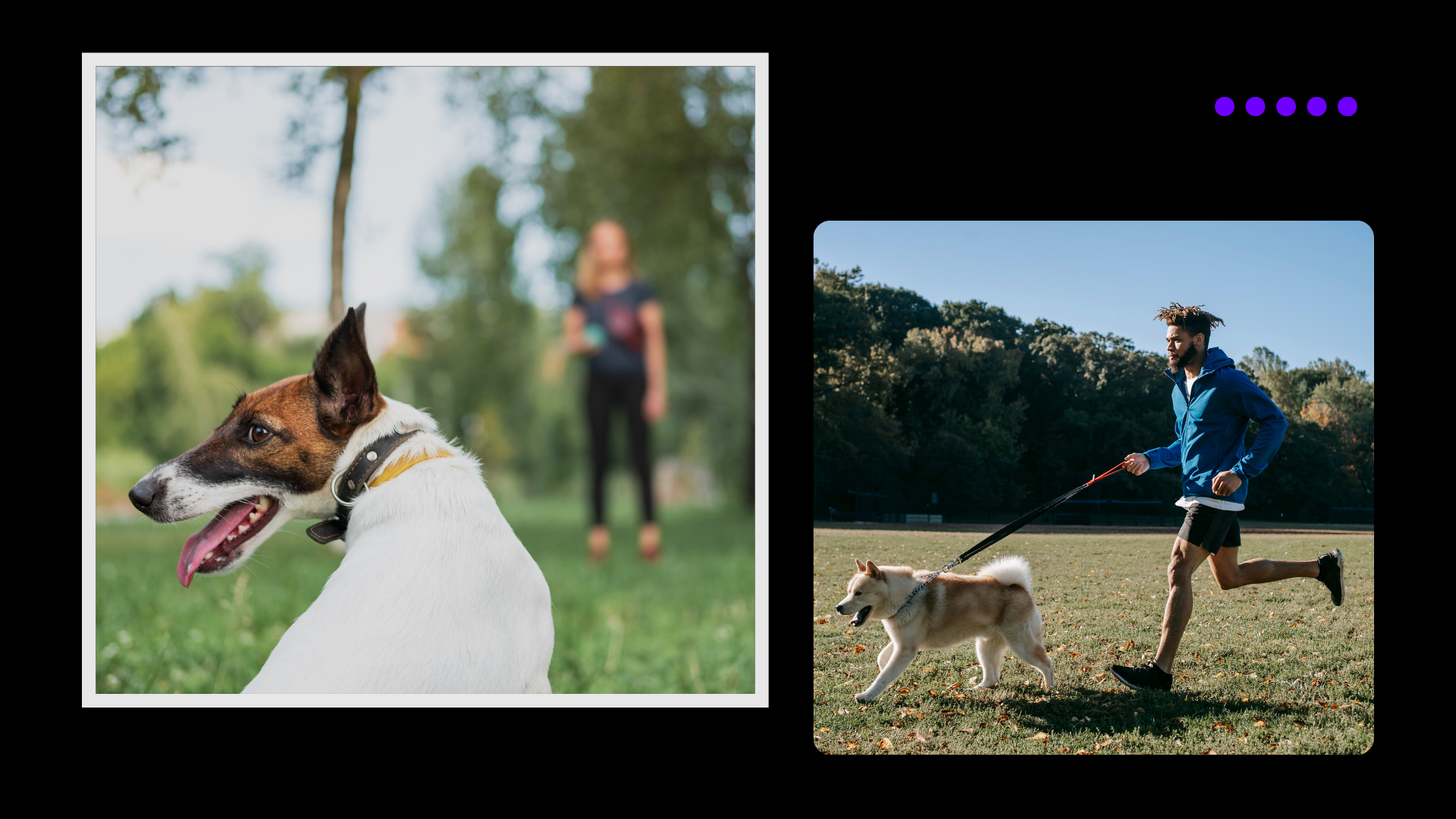Marketing My Dog Training Business: Effective Strategies to Attract Pet Owners and Grow Your Clientele
As more people understand the value of contented and friendly pets in their lives, the dog training sector is growing. Dog trainers have great potential to grow because of this demand. Effective dog training marketing is necessary to distinguish out and draw devoted customers given the growing competition.
The Importance of Digital Marketing for Your Dog Training Business
Dog trainers need digital marketing to build their businesses. Having an established web presence guarantees that your pet training business is relevant and easily found as most dog owners actively search for services on the internet. Create a quality website, optimize for local searches, and use social media to reach more people than word-of-mouth.
In addition, digital marketing guarantees focused advertising, so assuring that your efforts reach people most likely to need your products. You establish dog training authority with educational blog information, client testimonials, and engaging content. In the end, properly implemented dog training marketing ideas provide the competitive advantage required for industry success.
Getting to Know Your Audience
To market your pet training business, you must know your audience. One or more of these groups may describe your ideal customers:
- First-time dog owners seeking advice.
- Working professionals whose busy schedules call for a trainer.
- Families want well-behaved dogs.
- Seniors who may need assistance with pet management.
Each group has unique problems. For instance:
- Behavior problems or obedience concerns.
- Leash training difficulties.
- Issues connected to anxiety.
- Difficulties with several pets.
These marketing materials can help you to customize your dog training business marketing and show that you understand the demands of your target market. Find out what matters to clients:
- Trust and Reliability: They need to know their favorite puppy is safe.
- Personalized, Results-Oriented Training: Clients want specialized courses to provide actual outcomes.
-
Convenience and Affordability: Competitive pricing and flexible training schedules can benefit the company.
Crafting a Powerful Online Presence
Leverage Social Media Platforms
Developing an online presence is much aided by social media. Share compelling content on Facebook, Instagram, or TikTok, where your target audience is most active. To create an engaged audience and inspire conversation, post images and videos of your experience, client quotes, and updates on your product or service.
 Dog Training Marketing Tips for Successfully Leveraging Social Media Platforms:
Dog Training Marketing Tips for Successfully Leveraging Social Media Platforms:
-
Create High-Quality Content: Create visually beautiful and useful information. Use clear language, high-resolution photos, and visually appealing videos to attract attention. Make sure your posts deliver useful or entertaining brand-aligned content.
- Be Consistent: Staying current on social media requires regular posting. Create a content calendar to schedule quality posts. You can stay consistent and engage your audience with this.
- Engage with Your Audience: Social media lives on interaction. To communicate with followers, and reply to comments, questions, and feedback. Live sessions and Q&As boost engagement.
- Use Hashtags and Trends: Use relevant hashtags and join hot conversations to promote your postings. You may reach new audiences and grow your internet profile.
- Analyze and Adapt: Review post and campaign performance regularly. For continual improvement, identify what works and what doesn’t and refine your plan. Use platform analytics for precise insights.
These techniques will help dog training services utilize social media channels’ capacity to develop the brand and properly interact with the target audience.
Invest in SEO and Content Marketing
Search engine optimization is crucial for the successful dog training business in the digital world. SEO can boost your internet presence and attract pet training customers who are actively searching for your services. Effective SEO strategies for dog training marketing boost your website’s search engine rankings, encouraging potential clients to click through and explore.
Pet training SEO benefits go beyond exposure. It lets you target localized keywords to market your services to the proper demographic. Well-optimized websites boost conversions and brand credibility. Pet training companies may lead the industry and drive sustainable, long-term growth by investing in SEO.
Educating Your Audience Through Content Marketing
Educational content engages audiences and builds brand trust. Create step-by-step guides, blogs, or videos with practical pet training techniques. Your audience can learn from your knowledge in real-time by attending webinars or live Q&A sessions. Continuously providing pet owners with useful and practical content is the best way for a professional dog trainer to build loyalty and reputation.
 Build an Engaging Website
Build an Engaging Website
Your business’s website is its online store. It should look good, be easy to use, and work on desktop and mobile devices. Show professionalism and attract clients with high-quality images and content.
Dog Training Marketing Plan Essentials for an Engaging Website:
- Ensure visitors simply access “About Us,” “Services,” and “Contact.”
- Speed up your website to maintain and improve users’ experience.
- Use conspicuous CTAs like “Book Now,” “Contact Us,” and “Learn More” to direct users.
- Optimize metadata and keywords to make your website searchable.
- Links and widgets on social media profiles boost engagement.
- Show a phone number, email, and (if relevant) physical address. A contact form can help.
- Display favorable customer reviews to build trust.
- To increase SEO and visitor engagement, share ideas, guidelines, and industry updates.
-
Make sure your website uses HTTPS for safe viewing.
Building Trust with Testimonials and Success Stories
Potential clients often base their decisions on others’ experiences, hence online reviews are crucial. Encourage happy customers to submit descriptive reviews on Google Business, Yelp, or Facebook to build trust. Clear instructions or follow-up emails with relevant links may be helpful. Be professional and kind when responding to reviews, positive or negative. Thanks and loyalty are shown by acknowledging positive comments while understanding and solving negative reviews shows your dedication to client happiness and continual growth. Over time, this proactive strategy boosts your internet reputation and customer relationships.
Mastering Local Marketing Strategies
Building Strong Partnerships with Local Businesses
Collaborations with pet companies can boost growth and benefit both sides. Partner with pet businesses, veterinarian clinics, or groomers to attract clients who care about their pets’ health. Use referral discounts or packaged services to create a win-win situation that draws more consumers and strengthens pet care community relationships.
 Leveraging Word of Mouth
Leveraging Word of Mouth
Word-of-mouth marketing is highly trusted. Encourage satisfied customers to:
- Write reviews on sites like Yelp and Google.
- Refer friends with incentive discounts.
- Distribute your social media posts.
By actively encouraging word of mouth and other dog training marketing ideas, you can expand your reach and attract new clients through the power of personal recommendations.
Give Back: Volunteer Your Time at Local Shelters and Rescues
Partnering with local shelters and rescues is a great opportunity to give back and promote your services. Pet owners appreciate volunteering because it shows compassion and commitment to animal care. Collaboration on community events like adoption drives lets dog trainers set up a booth to promote their services. This important work helps animals and creates trust with potential clients.
Frequently Asked Questions (FAQs)
What is Pet Marketing?
Pet marketing promotes pet food, toys, grooming, training, and adoption efforts. It creates relatable messaging by knowing pet owners’ wants and emotions. Pet marketing uses health, happiness, and companionship to engage with audiences and capitalize on the deep link between people and their pets.
How Much Should I Budget for Marketing My Dog Training Business?
Your dog training business marketing budget depends on your goals, audience, and strategies. Marketing typically costs 5-10% of annual revenue, or 10-20% for new companies creating brand awareness. Use fliers, local events, and digital marketing including social media ads, email campaigns, and SEO. Your budget should match your business stage and growth goals to attract and keep clients.
What is the Future of the Pet Industry?
Client behaviors and advances will boost the pet sector. Pet owners are treating their pets like family, driving demand for premium pet food, GPS trackers, health-monitoring tools, and individualized subscription care. Holistic veterinarian treatment, mental health solutions, and alternative therapies are also becoming more popular for pet wellness. Consumer preference for eco-friendly and ethical brands is determining the future. With personalized, inventive, and sustainable solutions, the pet sector is thriving to satisfy modern pet owners’ requirements.
Is Dog Training Print Marketing Still Effective?
Yes, print marketing is still useful for dog trainers, especially for local audiences! Flyers, brochures, and posters at pet stores, veterinary clinics, and community bulletin boards help attract offline clients. Digital ads may not leave a lasting impression like print marketing materials. Clear, professional designs and appealing calls to action encourage engagement. Print marketing is still used to reach prospects and establish communities, even if digital marketing dominates.
Conclusion
Digital and offline dog training marketing must be balanced to reach your target demographic. Start by knowing who your target clients are — dog owners seeking puppy lessons, behavior modification, or obedience training — and then customize your messaging to meet their particular needs. To build credibility, share ideas, training videos, and success stories on social media and your website. Add to these conventional offline strategies such as visiting neighborhood pet events, working with pet stores or vets, and distributing fliers throughout your area. Add these methods to attract more pet owners, build trust, and set up for long-term success.
Start applying these dog training marketing ideas today to grow your dog training business. Need help setting up a strong digital presence? Contact Webugol today and take your business to the next level!


